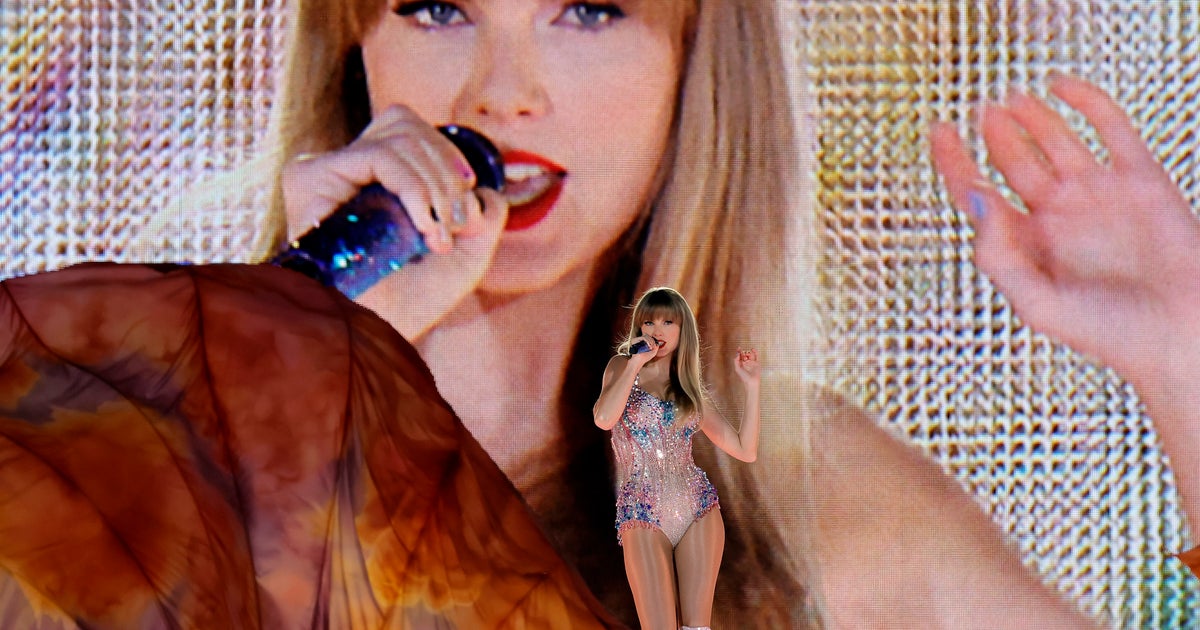During the ongoing Eras Tour, Taylor Swift has become a cultural phenomenon. The tour, which will continue internationally in November, has not only been a major event for fans but has also positively impacted regional economies. For example, in Los Angeles, the California Center for Jobs and the Economy predicted a $320 million boost to the county due to Swift’s six shows. Even Canada’s prime minister, Justin Trudeau, expressed a desire for Swift to visit. Her involvement with the NFL, particularly through supporting her boyfriend Travis Kelce’s Kansas City Chiefs, has also increased viewership for the league.
Media coverage surrounding Swift has been extensive. Daytime talk show hosts discuss Kelce’s mother’s thoughts on Swift, and there are detailed accounts of the couple’s dates found all over the internet. Fans are captivated by their romantic outings at places like the Waverly Inn in Greenwich.
However, while Swift’s domination of popular culture continues, some fans are concerned about potential “Taylor fatigue.” There are debates among fans on whether Swift will eventually retreat from the spotlight as she did after her “1989” album. After the success and subsequent scrutiny of her personal life, Swift chose to lead a more private life during the release of her next album, “Reputation.” It’s possible that Swift may consider withdrawing from the public eye again at some point, according to psychologist Lynn Zubernis.
Overexposure in the entertainment industry can lead to fatigue among fans. The repetitiveness of a celebrity’s presence may cause fans to grow tired or question their authenticity. Examples of celebrities who have faced such reactions include Miley Cyrus, Lindsay Lohan, Britney Spears, and Lady Gaga. Swift’s massive popularity may eventually lead to her losing the sense of exclusivity that her fans once felt.
Psychologist Jaye L. Derrick argues that the negative exposure Swift receives might come from people who were not fans to begin with. As she reaches new markets, those who consciously avoided her may now be confronted with her presence. Similarly, Tracy Gleason suggests that those who booed her ad at a Giants game may have done so due to her relationship with a player on a rival team.
It’s worth exploring the potential role of misogyny when it comes to the perception of someone being “overexposed.” Women often face a “love-hate” treatment in the entertainment industry, where they are celebrated before being deemed overexposed. Men, on the other hand, generally have more leeway when it comes to fame and promotion. Society expects women to be more communal and less self-promotional. This double standard may explain why women like Swift, Anne Hathaway, and Jennifer Lawrence face criticism for their visibility.
Male celebrities are often deemed overexposed due to publicly frowned-upon behavior. Justin Bieber, Kanye West, James Franco, Shia LaBeouf, and Elon Musk have all faced accusations or controversies that contributed to their overexposure. While women celebrities face similar scrutiny for their behavior, they are also criticized for deviating from traditional gender roles.
In conclusion, while Taylor Swift continues to dominate popular culture, questions about potential overexposure and fatigue among fans have emerged. The impact of visibility and the perceived authenticity of a celebrity can affect their public image. It’s important to consider the underlying gender dynamics in conversations about overexposure and fame in the entertainment industry.
Denial of responsibility! Vigour Times is an automatic aggregator of Global media. In each content, the hyperlink to the primary source is specified. All trademarks belong to their rightful owners, and all materials to their authors. For any complaint, please reach us at – [email protected]. We will take necessary action within 24 hours.


